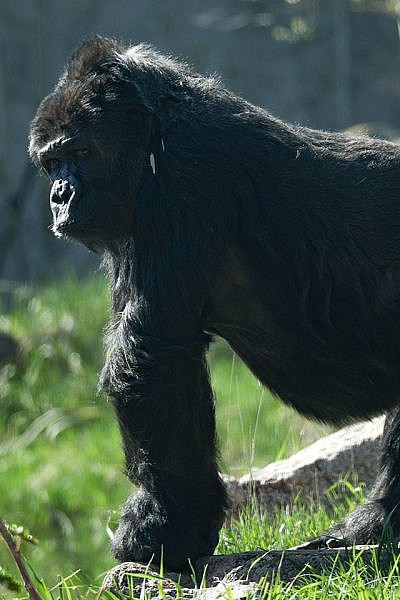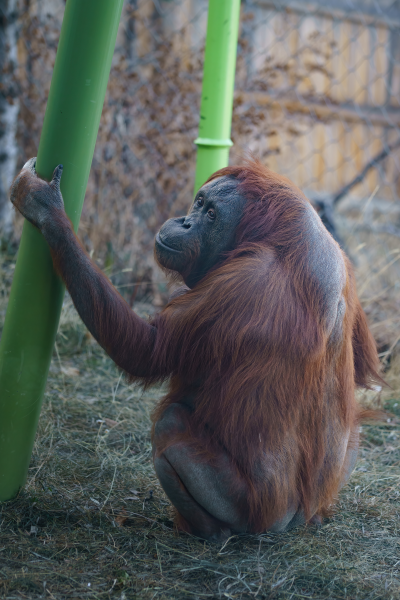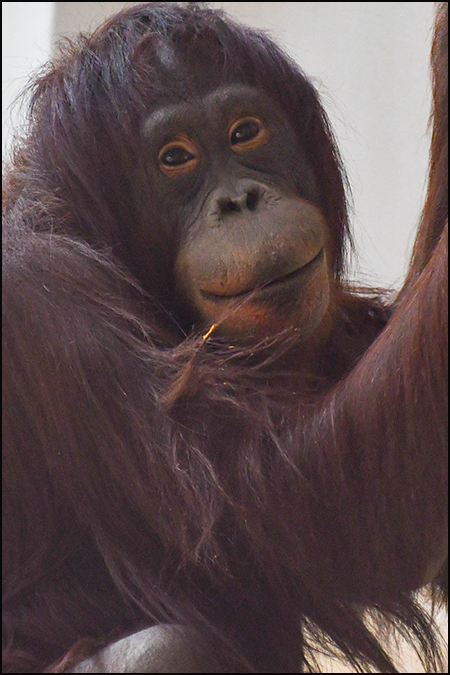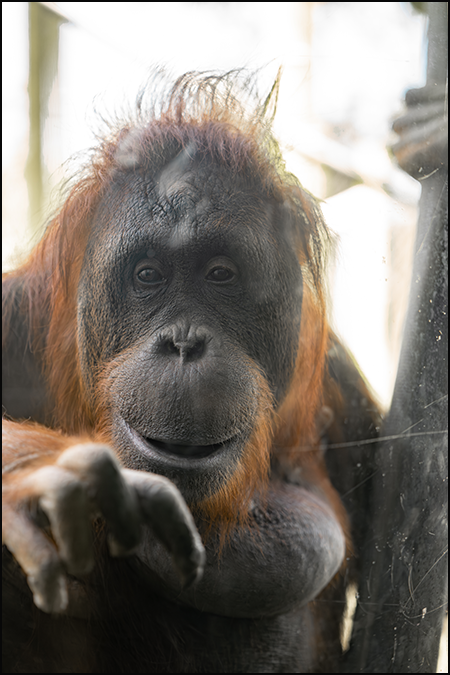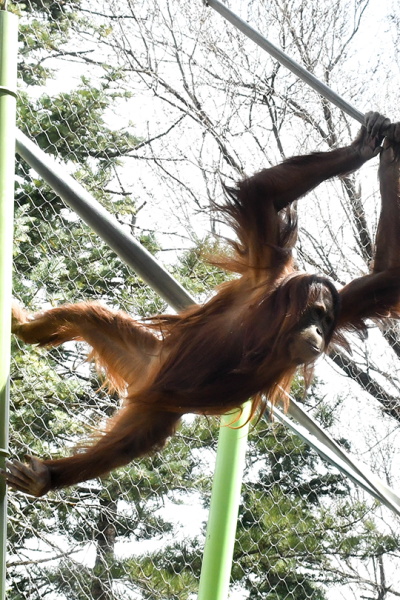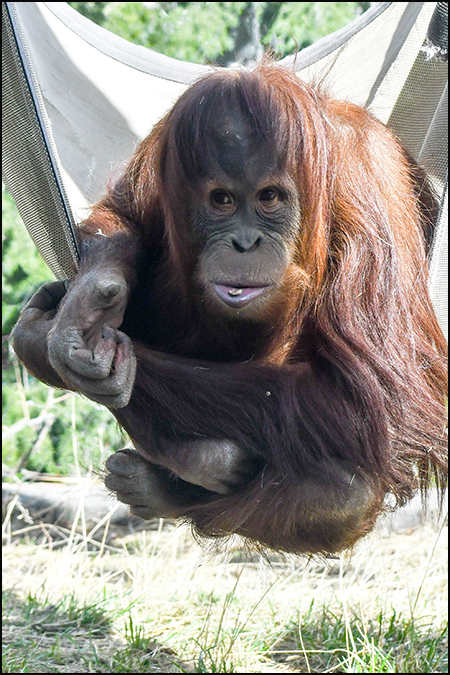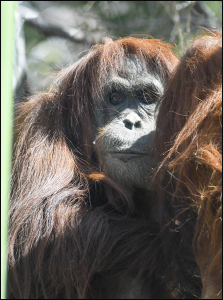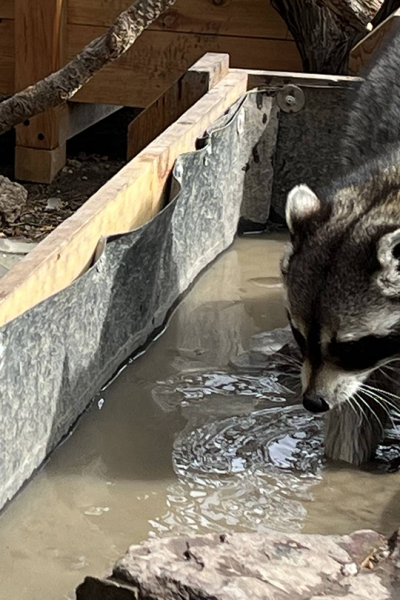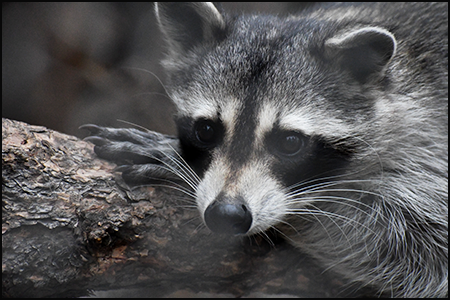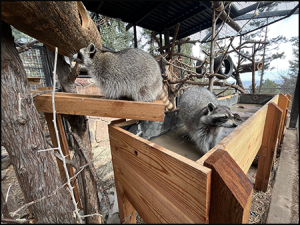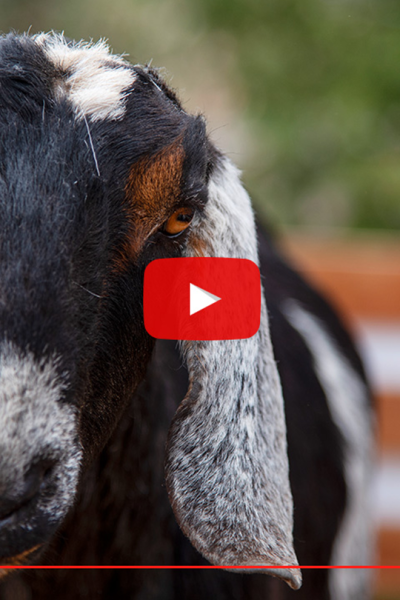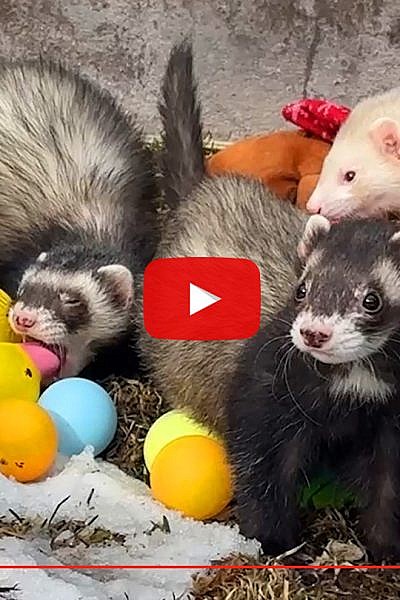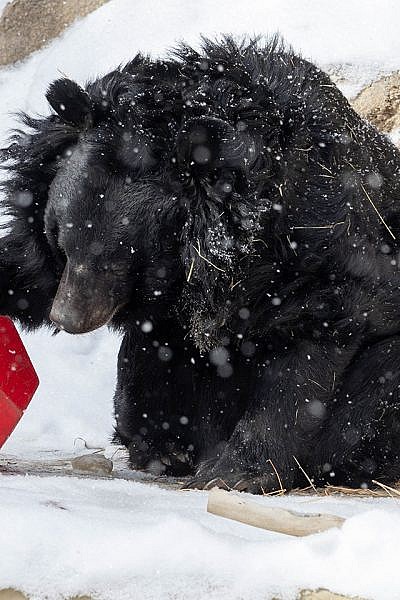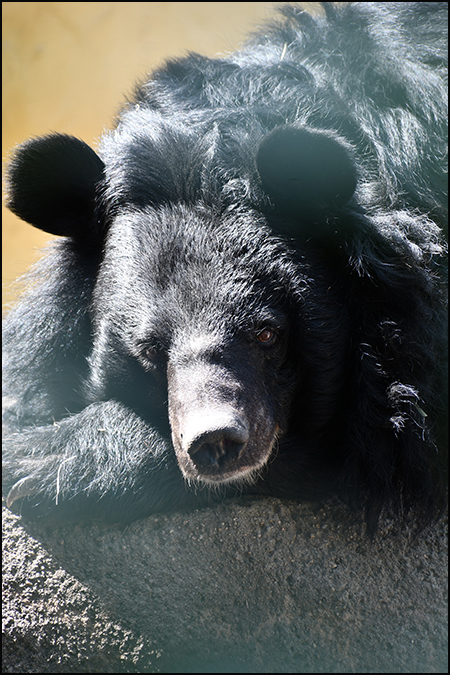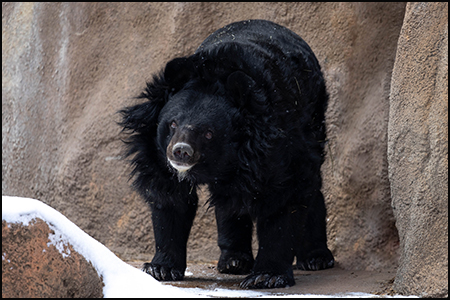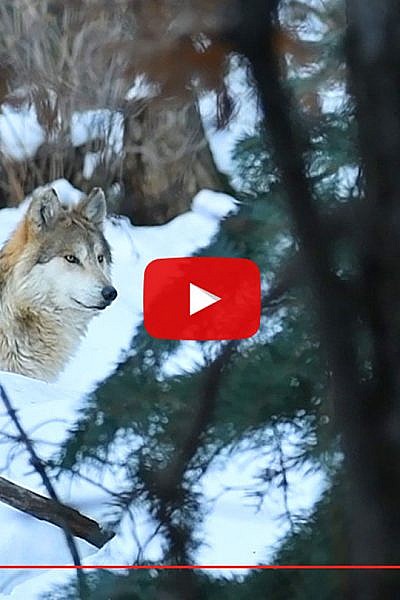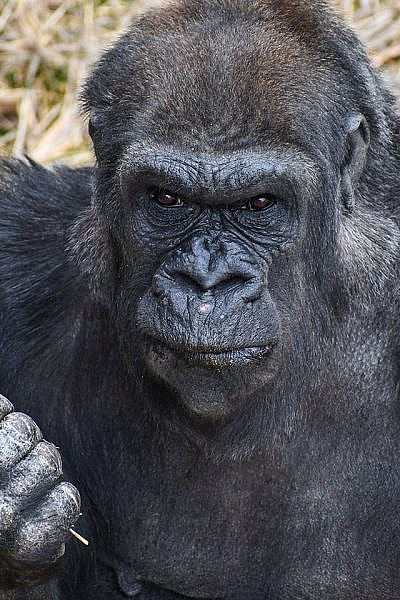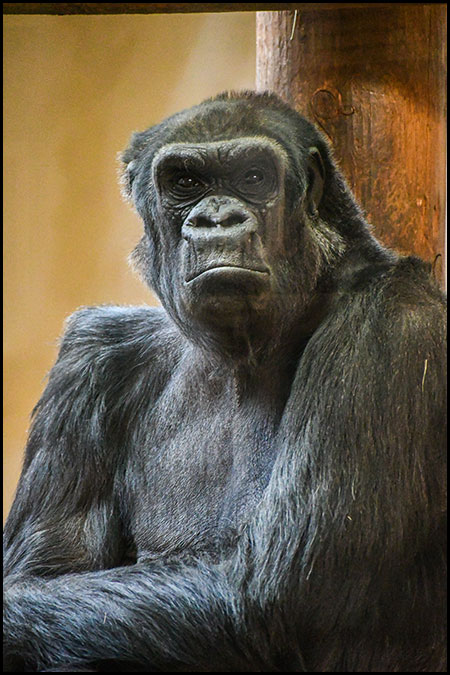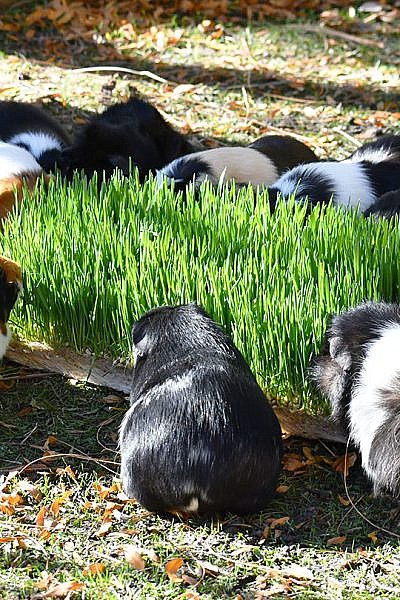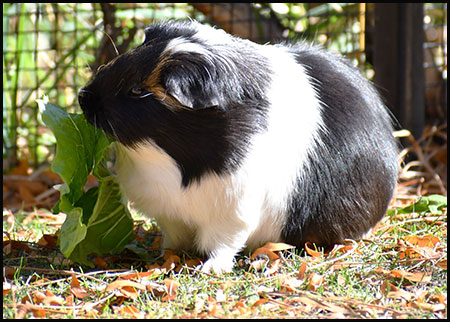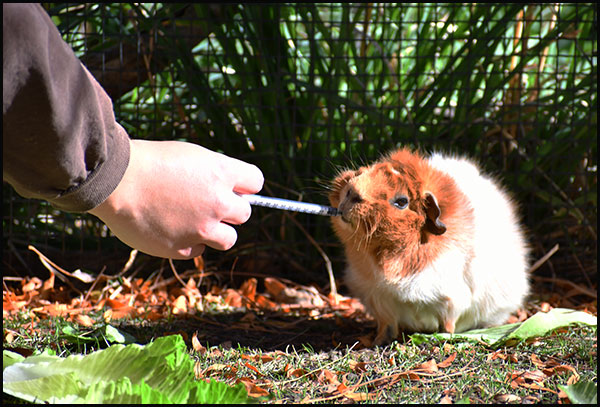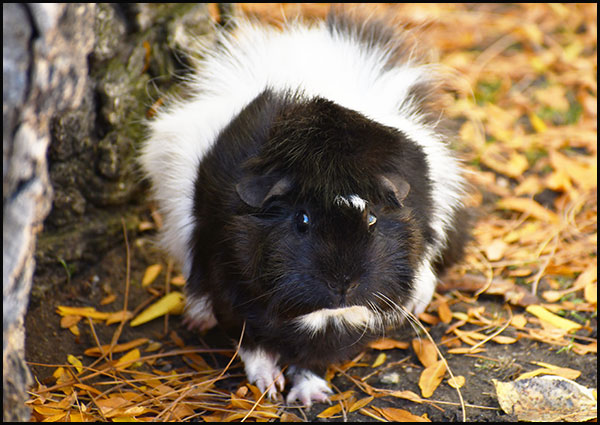Mother’s Day is extra special in Primate World, at Cheyenne Mountain Zoo, this year. Asha, a 32-year-old critically endangered Western lowland gorilla, is pregnant. She is due between mid-May and the end of July.
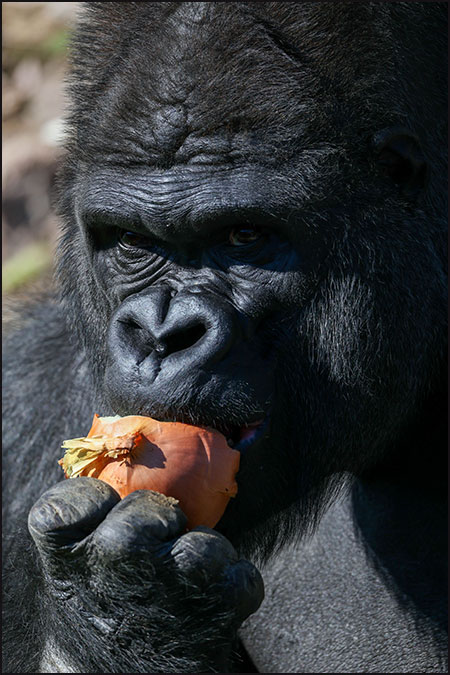
“It has been nearly 13 years since a gorilla was born here, so many visitors will get to experience this for the first time, along with our silverback, Goma, who will become a first-time dad with this little one,” Jon Wild, lead animal keeper in Primate World, says. “It’s not Asha’s first time, and she has been a great mom in the past.”
Asha is mom to two gorillas who have moved on to other troops now: 12-year-old male, Dembe, who lives at North Carolina Zoo, and 18-year-old female, Tumani, who lives at Audubon Zoo, in New Orleans.
Asha was born at CMZoo on Oct. 5, 1992. Thirty-four-year-old Goma moved to CMZoo, in 2016, on a breeding recommendation from the Western Lowland Gorilla Species Survival Plan, supported by Association of Zoos and Aquariums-accredited organizations, including CMZoo.
Before he came to CMZoo, Goma lived with a bachelor troop, so he had to learn how to lead a troop of females. As an experienced mom, Asha helped Goma learn how to breed.
“Since Goma moved here, nine years ago, the gorilla care team has been working to integrate him into the troop, and the troop has been helping him learn to lead as a silverback, with this pregnancy as a goal,” Wild says. “It’s incredibly exciting to see the gorillas achieve a healthy cohesive troop dynamic, and knowing there’s a baby on the way makes it even more meaningful to see this family grow.”
Asha’s previous experiences have helped Goma learn, and they have helped her care team provide prenatal check-ups throughout her pregnancy. Asha participates in cooperative care, like ultrasounds that have revealed a healthily growing baby. The Zoo first confirmed her pregnancy in December 2024 with a positive urine pregnancy test.
“Asha is super smart, and she approaches a training panel and presents her stomach so we can touch it with the ultrasound wand,” Wild says. “She’ll stand and get training rewards for participating, and her methods of presenting her stomach to us are adorable.”
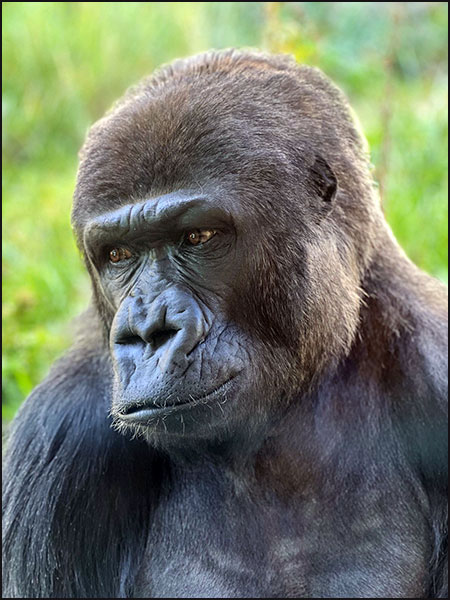
During ultrasounds, Asha stands next to the mesh training panel and leans her stomach sideways against the mesh, with her arms outstretched above her. Keepers, from the other side of the protective barrier, slip an ultrasound wand through the mesh and press it against her abdomen. Animal keepers say the ultrasound gel is often off-putting for animals – even if they warm it up. Animals typically don’t like the texture, but Asha doesn’t mind. She participates in the ultrasound sessions for around 30 minutes, and is free to leave the sessions any time she pleases. She offers her belly to keepers in a more ‘theatrical’ way, too.
“She has an especially graceful stomach presentation, where she lifts one leg straight up against the mesh, like a ballerina, so we can position the wand on the underside of her round tummy,” Wild says. “Guests get a real kick out of seeing that, and it gives us great wand placement options to see the baby moving around.”
Gorilla gestation typically lasts eight-and-a-half months. As long as Asha and her baby continue to do well, guests can visit her in Primate World. When she gives birth, the Zoo will share updates.
Gorilla babies are typically on their mothers for the first year, taking time to crawl, explore and play periodically. In the first 15 days, the gorilla care team will be looking for the baby to hit milestones that indicate good development, including grasping onto its mother, nursing, holding its head up independently, making eye contact and following movement with its eyes.
In its first month, they’ll look for the baby to smile, laugh quietly, roll over from its stomach to its back, initiate soft play and start teething.

Western lowland gorillas are critically endangered in the wild, and their numbers continue to decrease in the wild. Gorilla fans can help preserve wild gorilla habitats by recycling small electronic devices and cell phones at CMZoo.
In addition to disease and poaching, gorillas face habitat loss due to logging for agricultural use, human settlements and mining. Many of the West African lowland forests and swamps that these animals call home are also natural deposits of coltan, a mineral used in cell phones and other electronics. Due to the ever-increasing demand for cell phones across the world, the destruction of these gorillas’ habitats for mining purposes has unfortunately increased.
Coltan is recyclable, and by donating old cell phones, we can help supply valuable coltan for future phone production. Guests can bring electronics to CMZoo admissions or Primate World, where there’s a recycling collection bin near the gorillas’ indoor dens. CMZoo will send them to Eco-Cell, an organization that recycles the phones, as well as tablets, smart watches, Bluetooth devices, GPS devices, e-readers, digital cameras, handheld gaming systems and their accessories.
About Cheyenne Mountain Zoo
Cheyenne Mountain Zoological Society was founded in 1926. Today, Cheyenne Mountain Zoo, America’s mountain Zoo, offers comprehensive education programs, exciting conservation efforts and truly fantastic animal experiences. In 2025, Cheyenne Mountain Zoo was voted #2 Best Zoo in North America and CMZoo’s Rocky Mountain Wild was named #2 Best Zoo Exhibit in North America by USA TODAY 10Best Readers’ Choice Awards. It is Cheyenne Mountain Zoo’s goal to help guests fall in love with animals and nature, and take action to protect them. Since 2008, CMZoo’s Quarters for Conservation program has raised more than $5 million dedicated to frontline conservation efforts around the world. Of the 237 zoos and aquariums accredited by the Association of Zoos and Aquariums (AZA), Cheyenne Mountain Zoo is one of just a few operating without tax support. Cheyenne Mountain Zoo depends on admissions, membership dues, special event attendance and donations for funding.
